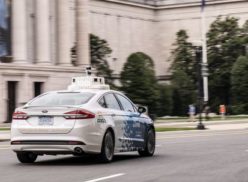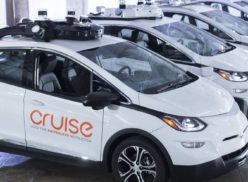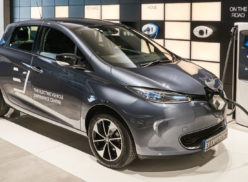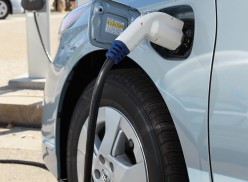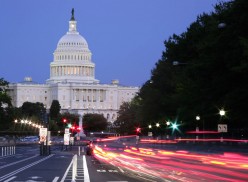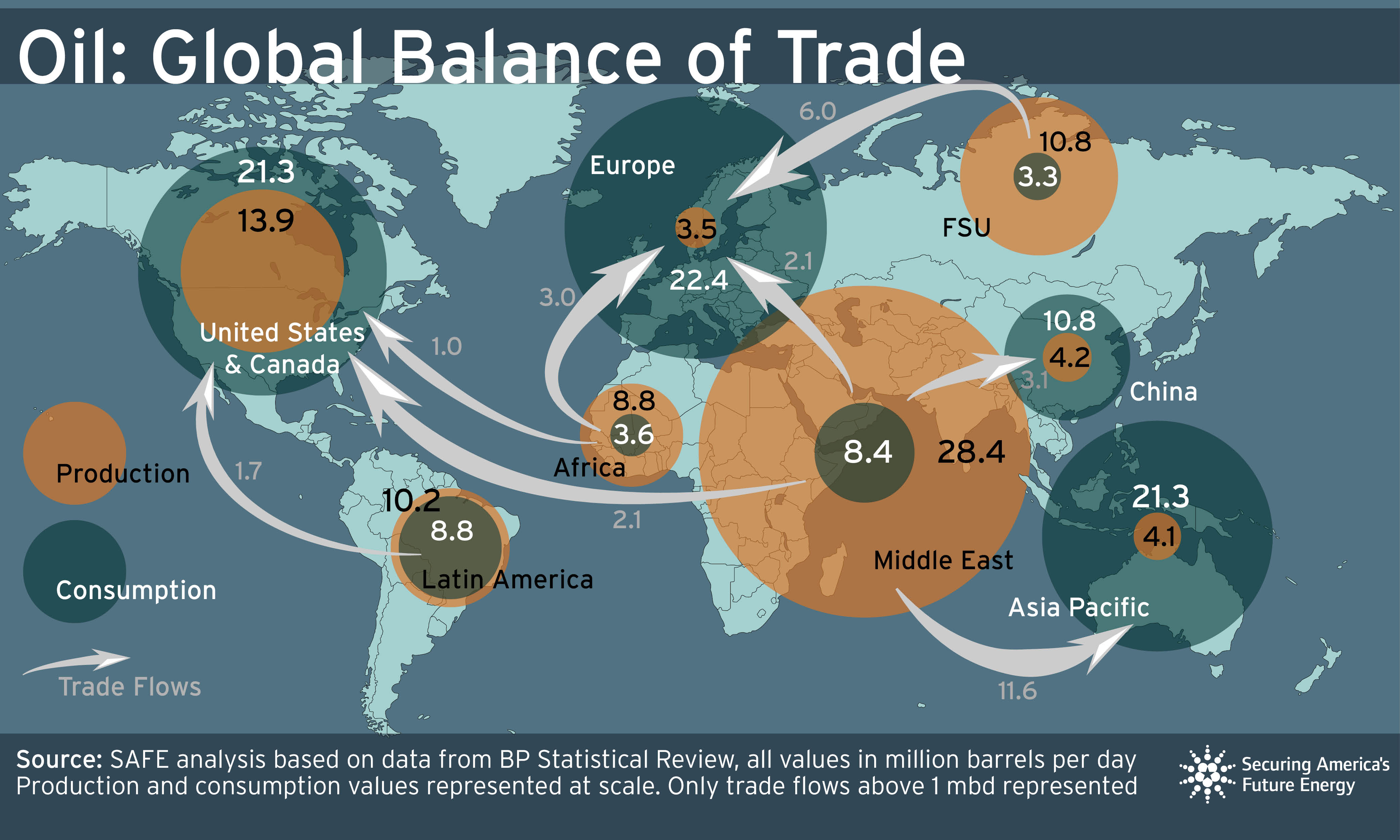By: Dominic Mathew, Manager of Shared Mobility Policy, SAFE’s Coalition for Reimagined Mobility, and Paul Ruiz, Senior Director of Policy, SAFE
Artificial intelligence (AI) is quickly turning into a catch-all term for emerging technologies that feel unfamiliar or complex. At its core, AI refers to machines, sensors, or software systems, that can learn from historical, real-time or synthetic data to make predictions or decisions. That ridesharing app estimating your ETA based on speed limits and current traffic? That is a basic form of AI.
Across the federal government, the U.S. Department of Transportation (DOT) ranks last in issuing AI-related rules, only beginning to advance policies in this space in 2023. This AI activity has been concentrated in the Federal Aviation Administration, leaving other modal agencies like the FTA, NHTSA, FHWA, MARAD and the FRA without dedicated support. That is why last week’s release of the White House AI Action Plan could mark a pivotal moment in modernizing and scaling AI across the transportation sector.
In a strategic twist, China released its own AI Action Plan over the weekend, emphasizing a multilateral AI governance approach in sharp contrast to the U.S.’s competitive and deregulatory strategy. As AI is increasingly viewed through a geopolitical lens, here are ReMo’s four key takeaways for the future of transportation from the US AI Action Plan:
Infrastructure resilience is the new reliability/build the power backbone for AI-driven mobility
AI systems demand infrastructure. Data centers are the new factories of AI, housing chips, power and cooling systems needed to train, run and deliver AI systems. The workloads driving AI demand exponentially higher compute and energy – a single ChatGPT search can consume 10-20 times more energy than a typical Google search. To satisfy this demand, U.S. data center usage is expected to triple by 2028, rising from nearly 5% to 12% of the total domestic electricity demand.
In transportation, AI is moving from centralized cloud systems to decentralized edge devices like traffic signals and sensors on the street. This shift will place new demands on local electrical grids. For instance, a company like Blyncsy AI uses crowdsourced dashcam footage from trucks, sending it to cloud servers that run AI models to detect pavement issues, signage damage and more in real-time – at a 95% lower cost than a traditional LiDAR or manual survey. Alongside the promise of driving up operational efficiencies for safer and more efficient travel, tools like this are beginning to be adopted by transportation agencies. But while they offer significant operational efficiencies, they also place new energy demands on the grid.
What does the AI Action Plan recommend?
- Expand FAST-41 Eligibility to include data centers, streamline permitting and siting processes. Originally created to accelerate reviews for projects like pipelines and highways, FAST-41 can now help speed the deployment of critical and digital infrastructure without sacrificing environmental and safety standards.
- Stabilize and modernize the grid, using advanced grid management, dynamic load shifting, and upgrades to transmission capacity to ensure uninterrupted, affordable electricity. The Plan also prioritizes interconnections or the process of plugging in new power sources into an existing grid, which currently can take as long five years from request to commercial operations.
Set the rules of the road for AI transportation standards before others do
Global AI standards define who sets the rules for safety, data access and market entry. While the U.S. has historically focused on innovation-first approaches, China and the European Union are also shaping the playing field through aggressive standard-setting and strategic investments in infrastructure. Their standards extend beyond building smart infrastructure and advanced hardware but also include governance frameworks and safety standards across ports, roads, and air corridors.
As a cautionary tale, the U.S.’ under-engagement in global 5G standard-setting in 2019 allowed Huawei to dominate the market, with the company submitting over 11,000 technical proposals and securing key leadership roles in working groups. As a result, China shaped the foundation of multiple communication protocols including Vehicle-to-Everything (V2X), despite U.S. leadership in technology.
What does the AI Action Plan recommend?
- Promote AI governance and standards that support innovation and reflect democratic values through the State and Commerce departments. The plan commits to deeper U.S. participation in major standard-setting transportation bodies like the ISO (for road vehicles, AI and intelligent transportation systems), the ITU (for telecom and connected vehicle protocols), ICAO (for aviation and air traffic management) and SAE International (for autonomous vehicles and cybersecurity).
- Strengthen the NIST Center for AI Standards and Innovation, assigning it responsibility to evaluate both domestic and foreign AI systems for risks such as foreign influence, malicious use, and cyber vulnerabilities. This is especially critical for transportation systems, deemed as critical infrastructure and susceptible to surveillance or manipulation as ReMo’s work has shown on risks from Chinese-made ship-to-shore cranes and securing the supply chain for connected and autonomous vehicles. As cybersecurity firm Upstream’s 2025 Global Automotive Cybersecurity Report highlights, global automotive cyberattacks surged by 39% this year, reaching an all-time high and underscoring the urgent need to secure AI-enabled mobility systems against growing digital threats.
Create sandboxes to test, learn, and scale transportation AI
Regulatory sandboxing is not a new transportation idea. Sandboxes offer a controlled environment to test emerging technologies with temporary regulatory flexibility offering policymakers and industry space to innovate. In the autonomous trucking sector, for example, companies like Aurora, Kodiak and Waabi train and validate AI models using a mix of real-world data, simulations and synthetic environments. These sandboxes provide space for innovation, but they also require clear guardrails, transparent reporting and policy feedback loops to avoid permanent regulatory loopholes.
What does the AI Action Plan recommend?
- Establishes AI Centers of Excellences to run domain-specific regulatory sandboxes, with open data sharing, performance metrics, and contributions to national AI standards.
- Encourages the use of open-source and open-weight AI models which can have an outsized impact on transportation, where sensitive public infrastructure and safety concerns make data privacy, model explainability and local control critical. Open-weight AI tools can strengthen pilots by allowing local agencies, startups, and researchers to customize and audit AI systems without relying on proprietary “black box” models, which often restrict access to training data and internal logic. A supportive federal framework for responsible open-source development, robust evaluation and safeguarding these from bad actors allow greater experimentation, transparency and innovation in transportation.
Modernize public procurement to unlock transportation innovation
America’s ability to deploy AI in transportation depends on whether the public sector can buy it. Today, outdated procurement systems remain one of the biggest structural barriers to AI deployment across public-sector transportation. Designed for capital-heavy infrastructure and static hardware, these systems are often ill-suited to AI tools that are subscription-based, iteratively updated, and reliant on real-time data flows.
The result? Promising AI applications, from generative traffic analytics to autonomous inspection platforms, that get stuck in pilot mode. Startups struggle to navigate procurement processes tailored for legacy vendors. Agencies are forced to contort modern AI tools into outdated contracting formats. And the public loses out on cost savings, safety improvements, and operational efficiencies that AI can deliver now.
What does the AI Action Plan recommend?
- Establish a uniform AI procurement toolbox, managed by the General Services Administration, to help agencies acquire AI systems that comply with privacy, transparency, and security requirements—while allowing customization and model reuse.
- Formalize rapid talent exchange programs so that AI expertise within one agency can temporarily support others navigating complex procurements, performance evaluation, or deployment logistics.
In short, AI’s impact on transportation extends beyond autonomous vehicles or drones. It will hinge on whether the United States builds the supporting infrastructure, sets standards and creates pathways to test and scale AI safely. The AI Action Plan is a first step, but the race is underway.

